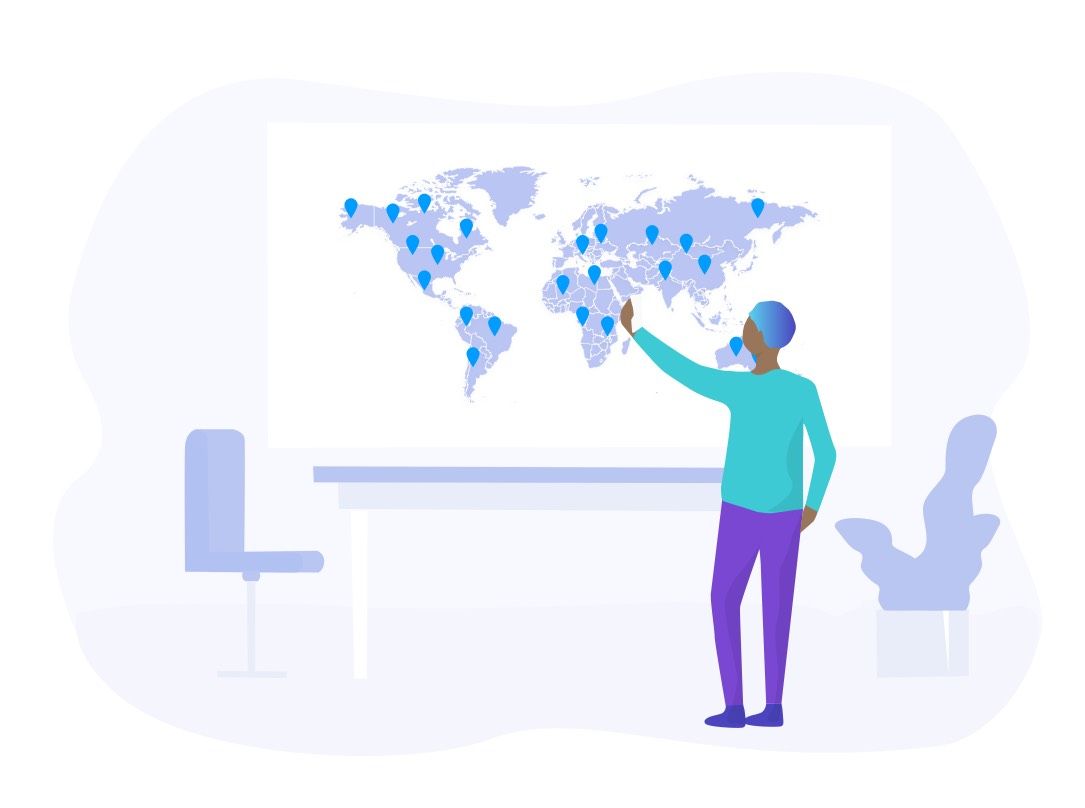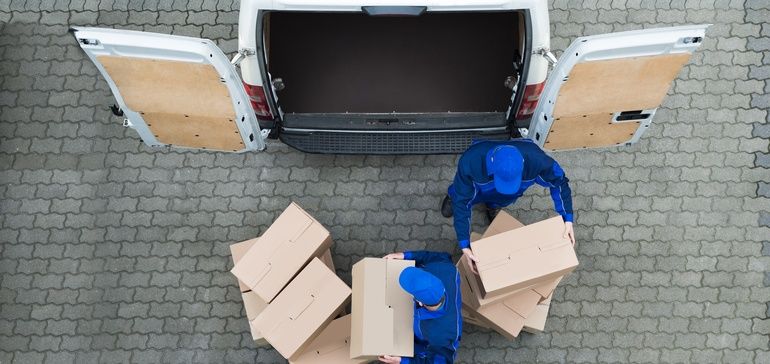Planning your strategy for the 'last mile’ should be one of the first things you tackle.

This piece was originally published in Supply Chain Dive.
As Head of Customer Development for Onfleet, I spent the bulk of the past year speaking to companies looking to improve their last-mile delivery processes. These companies were delivering everything under the sun, from ugly produce to blood samples to burritos.

Through these countless hours of conversations with local startups, international enterprises and almost every stage of company in-between, I've put together a list of five things that every company should know about delivery.
1. Expect delivery to be a key component of your business.
Companies often forget to plan ahead and, consequently, fail to devote the necessary resources to their delivery operations when they begin to grow. With the Amazon-ification of many verticals, consumer preferences are changing and customers expect their goods to be delivered to their doorstep. Although delivery may begin as a tack-on idea for an organization, it has the potential to rapidly grow over a short period of time and become the most mission-critical operation.
This rapid growth allows businesses to touch more customers, but it can also lead to unmanageable employee workloads, lost and/or missing information, and poor customer experiences (which the company was trying to improve with delivery in the first place).
Be ready to hire capable management to handle the many moving parts of delivery starting on day one ... not day 100. Hire people with existing last mile delivery experience as not all logistics experience is the same. Lastly, keep in mind that you need experts at people management, and experts at scoping and integrating logistics-specific technology, which are not usually the same person.
2. Every delivery operation is different.
While some aspects are ubiquitous across all delivery operations (vehicles, moving products, and recipients), each industry and market is unique in its own regard. Delivery systems in different industries typically have unique requirements for various purposes, such as proof of delivery, ID verification, and customer feedback. Additionally, different markets have different operational constraints (regulation, cost of labor, connectivity, customer density, and weather).
Know what will be required for your drivers and have all the items in place before embarking on your delivery project. Become an expert in your field or rely on experts to advise you accordingly (including legal, food safety, background verification, and payments). This way if you do start to scale and implement technology, you will know exactly what needs to be gathered from your customers for compliance. Do you need to scan IDs and keep records on file? Do you need a physical manifest in the vehicle? Do you need to report mileage for tax purposes?
Figure these questions out ahead of time in preparation for the future and you’ll avoid headaches.
3. Technology should make things more efficient, not stressful.
Early on, even before your first delivery, implement technology to track the performance of your business. With the proper tools in place, once you do start your delivery operations, you will already have the means to track inventory and products. More importantly, once you begin to grow, your teams will be familiar with the tools that can give your company an advantage in an inevitably competitive delivery landscape.
This doesn’t need to be complicated. Implement a simple customer relationship management (CRM) and an easy to use delivery management software, and keep it clean. Information such as the customer’s name, address, and telephone number can easily be tracked and are essential components to a delivery operation. Also, make sure the selected providers have experience working in your specific industry. As mentioned above, not all last mile delivery is the same, and not all delivery software is optimized for your use case.
4. Know your audience today, but also remember to create a user experience for tomorrow.
When starting your delivery operation, be mindful of the customers that will need to adopt your new system in order to achieve success. You need the support of your current customer base to kickstart delivery, but you will need to cater to new customers as you continue to grow.
Whether they are new customers or old ones embracing a new system, this is the audience you must keep in mind from the start. Different demographics order goods in different ways. Your current target audience may walk into a store and purchase items directly — this is what they are used to so beware of their existing habits.
Companies don’t necessarily begin delivery to continue business as usual. They start delivery to expand existing operations and grow revenue. At the very least, create a website or application and plan to allow customers to place orders online. This is critical when starting to scale operations because eventually this is where the majority of customers will interact and place orders. Companies that are proactive in their e-commerce efforts have a much easier time implementing a delivery management system because the required data and infrastructure already exists.
5. Plan ahead.
In light of the above, prepare for the unexpected. Planning ahead with the right tools will put you one step forward in the process and save the headache of doing last-minute fire drills because something went wrong.
It's important to implement the right technology that gives granular visibility into key performance metrics, ultimately allowing your team to identify and mitigate bottlenecks and roadblocks. Pen and paper will quickly get old and is most often the source of frustration for fleet managers and operations teams that reach out to learn more about our software.
You need the support of your current customer base to kickstart delivery, but you will need to cater to new customers as you continue to grow.
Parker Ward, Customer Development at Onfleet
In closing, planning your strategy for the ‘last mile of delivery’ should be one of the first things you tackle when you develop your company’s delivery processes. It’s a key piece of your business and each industry presents its own set of unique challenges and opportunities. Remember to plan ahead and take advantage of the latest technology and innovations that can help you grow your customer base and overall business.
